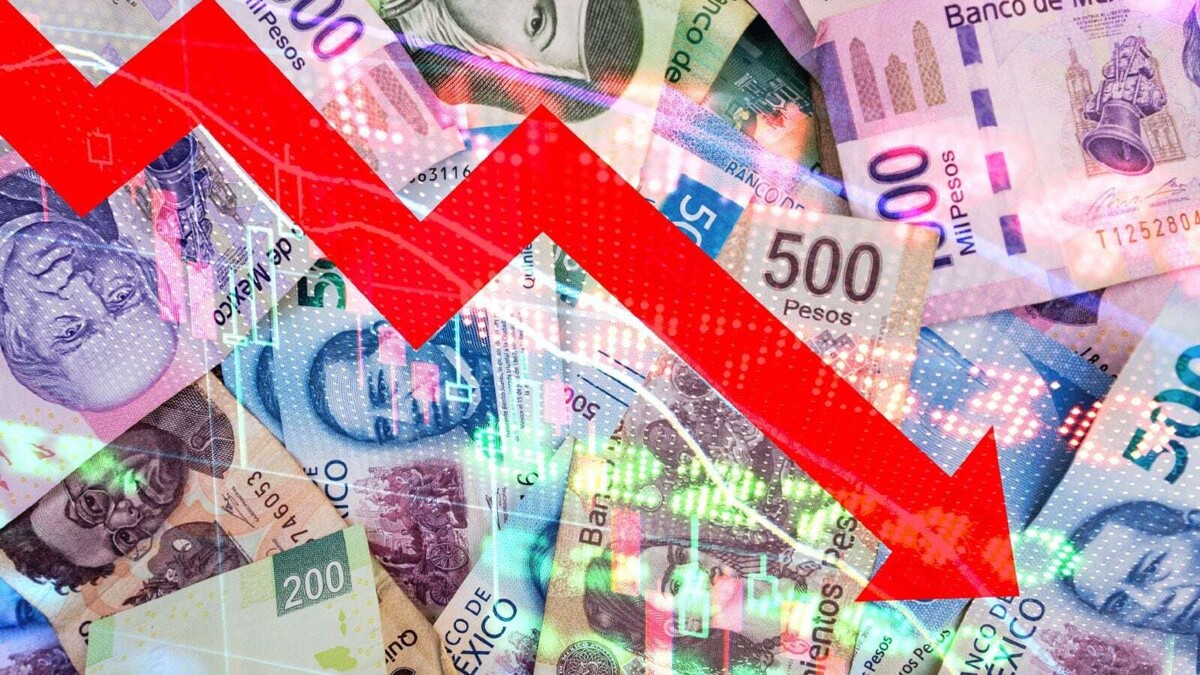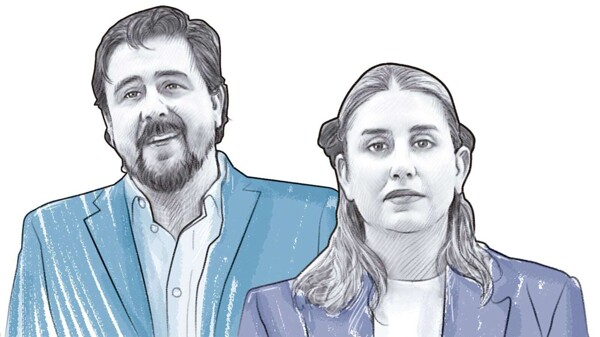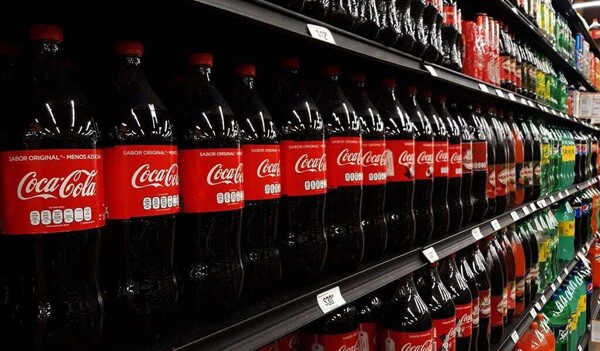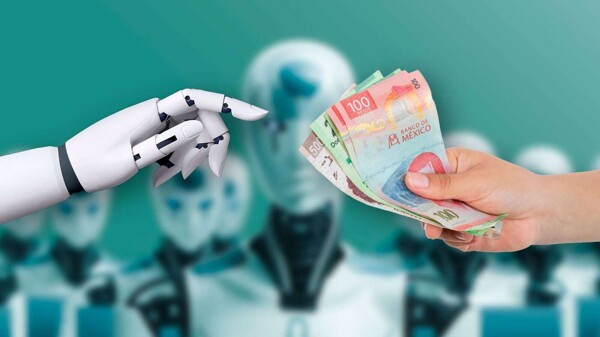
Last year, the fiscal deficit in Mexico reached 2.6 trillion pesos, equivalent to 7.5% of GDP. Despite this, the Mexican economy barely grew by 1%, with limited increases in investment and consumption.
In comparison to the economy of the United States, which has historically been an economic engine for Mexico, significant differences can be noted. Over the years, the Mexican economy has experienced a gradual deterioration, being 25% below the 2018 level. Although the country has recorded some growth, it has been mainly based on imported goods, while consumption of domestic goods has decreased by 25%.
In the last six years, a significant decline in the standard of living of Mexicans has been observed, comparable to the recessions of 2001-2003 and 2009. During that period, the country's wealth decreased by 10%, affecting consumption and the general well-being of the population.
The government has implemented measures such as the elimination of rights in exchange for cash to boost the economy. Despite some growth in consumption, the economic reality reflects a continuous deterioration that many do not notice due to its gradual nature.
The Mexican economy has faced an additional challenge with the costly infrastructure projects of previous administrations, which did not generate the expected return on investment. This context has led to a complex situation in which it is necessary to analyze information carefully to understand the economic reality of the country in its entirety.
It is essential to consider these aspects to accurately evaluate the economic situation of Mexico and understand the challenges it faces in terms of growth and development.














